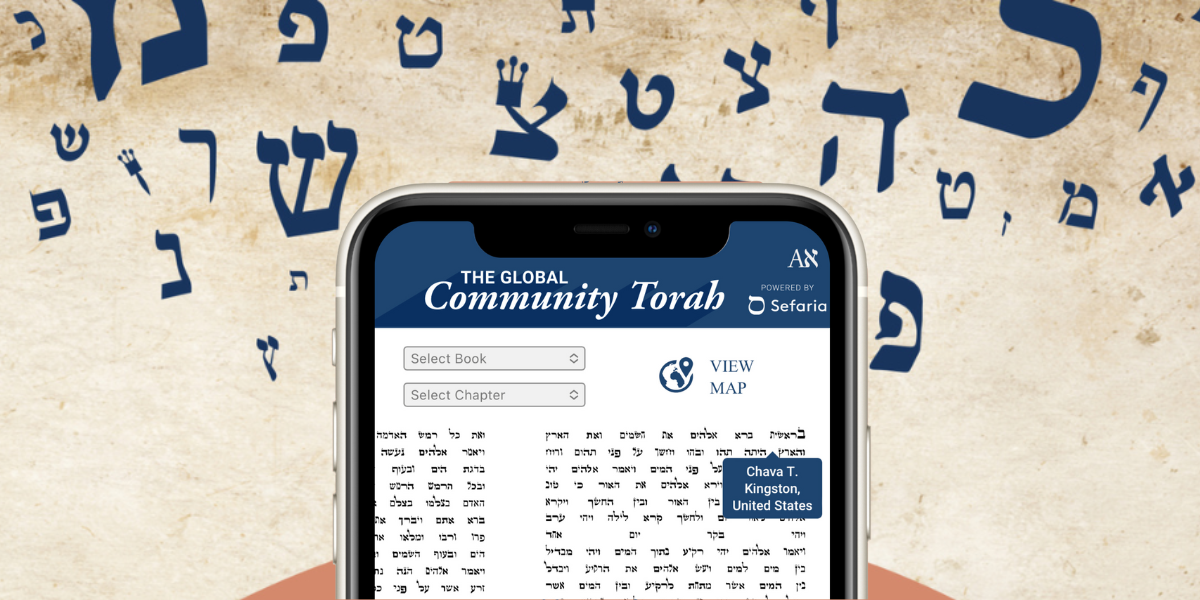Being Jewish
Sefaria Turns 10 Years Amid Launch of New Initiatives

Jewish texts have existed for thousands of years. But for most of that time, only those with Hebrew and Aramaic literacy and access to sacred books (usually men) have been able to explore them.
All that changed 30 years ago, when the internet democratized information. Still, even a dozen years ago, Googling “Talmud” returned varied results of dubious provenance. Enter Sefaria, the online database of Jewish texts that was born 10 years ago “out of a desire for there to be access to the texts of our tradition,” said Chava Tzemach, a spokesperson for Sefaria.
The brainchild of writer Joshua Foer and former Google engineer Brett Lockspeiser, Sefaria found a reception beyond anyone’s expectation. From its first upload—a 1913 public domain translation of the Torah—the nonprofit, donor-funded site has grown to include 3,300 Jewish texts, from the Torah and Talmud to the Mishna and rabbinic responsa, among others, and attracts 700,000 monthly users. Many of them participate in the page-a-day Talmud learning cycle called Daf Yomi. At least 200 independent projects—from Miriam Anzovin’s Daf Reactions series on TikTok to a Daf Yomi app from the Orthodox Union—use Sefaria’s resources.
Along the way, Sefaria has expanded the very notion of accessibility. Witness Word-by-Word: A Jewish Women’s Writing Circle, a new multiyear initiative that will support 20 female-authored projects of Jewish textual analysis. Co-led by Sefaria’s chief learning officer, Sarah Wolkenfeld, and Yeshiva University scholar Erica Brown, Word-by-Word aims to redress the absence of Jewish female scholarly voices.
For its 10th anniversary, Sefaria launched a collaborative project that is accessible in the broadest sense: the Global Community Torah. “We wanted to celebrate with the Sefaria community in a way that’s interactive,” Tzemach explained. No knowledge of Hebrew or Judaism is necessary to participate. Sign up, choose from one of six Hebrew typefaces and click to populate the next of the Torah’s 304,805 letters into an evolving “scroll.” Mousing over the text, scribes can view the names of fellow contributors from, so far, 75 countries.
“Sefaria’s vision is to see Torah as alive in the world, and that only happens when Jews around the world are engaging with these texts,” Tzemach said. This project, she added, “is a way that you can stake your claim on our tradition.”
Hilary Danailova










 Facebook
Facebook Instagram
Instagram Twitter
Twitter
Leave a Reply